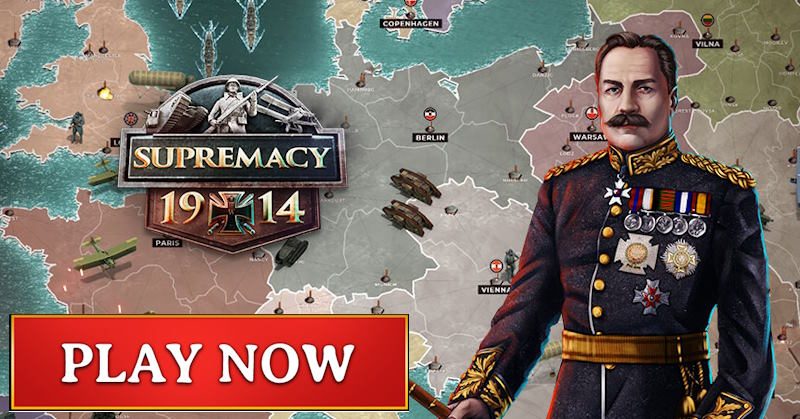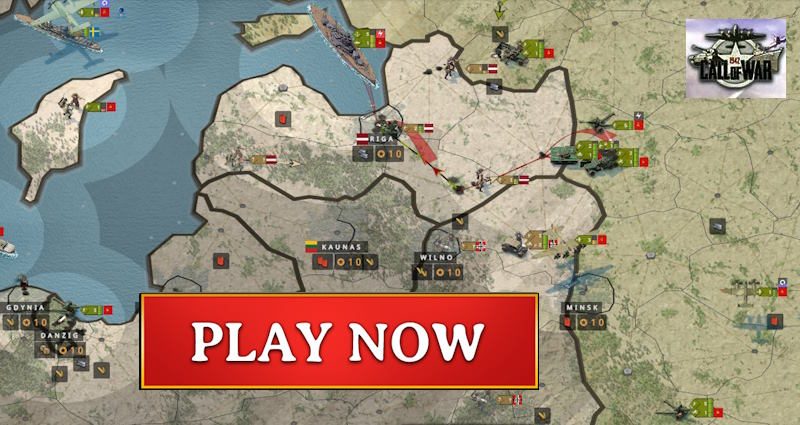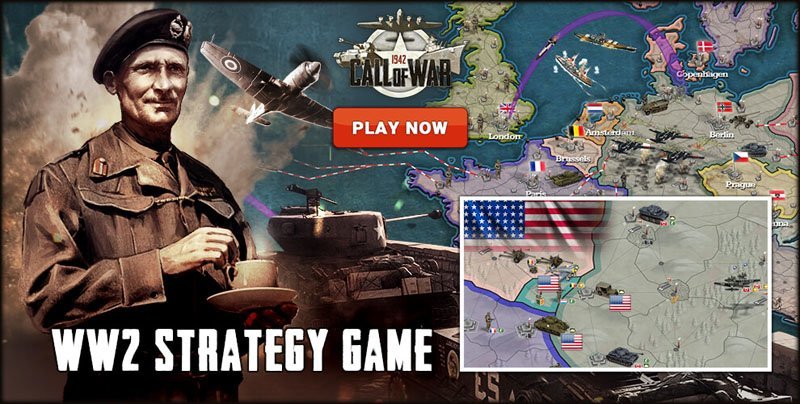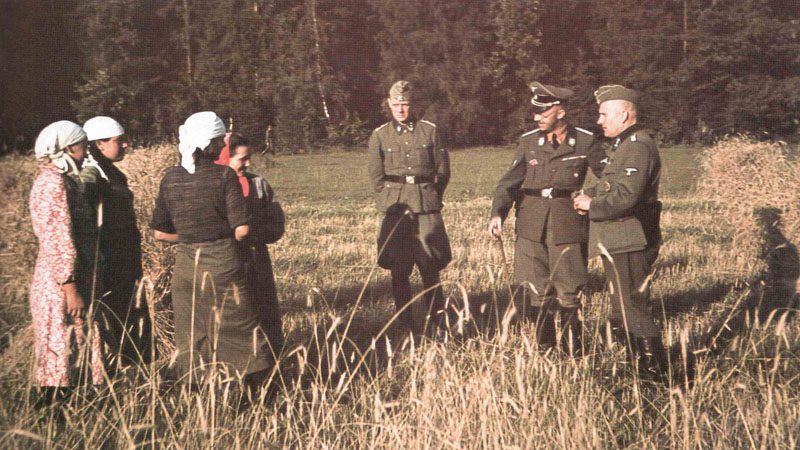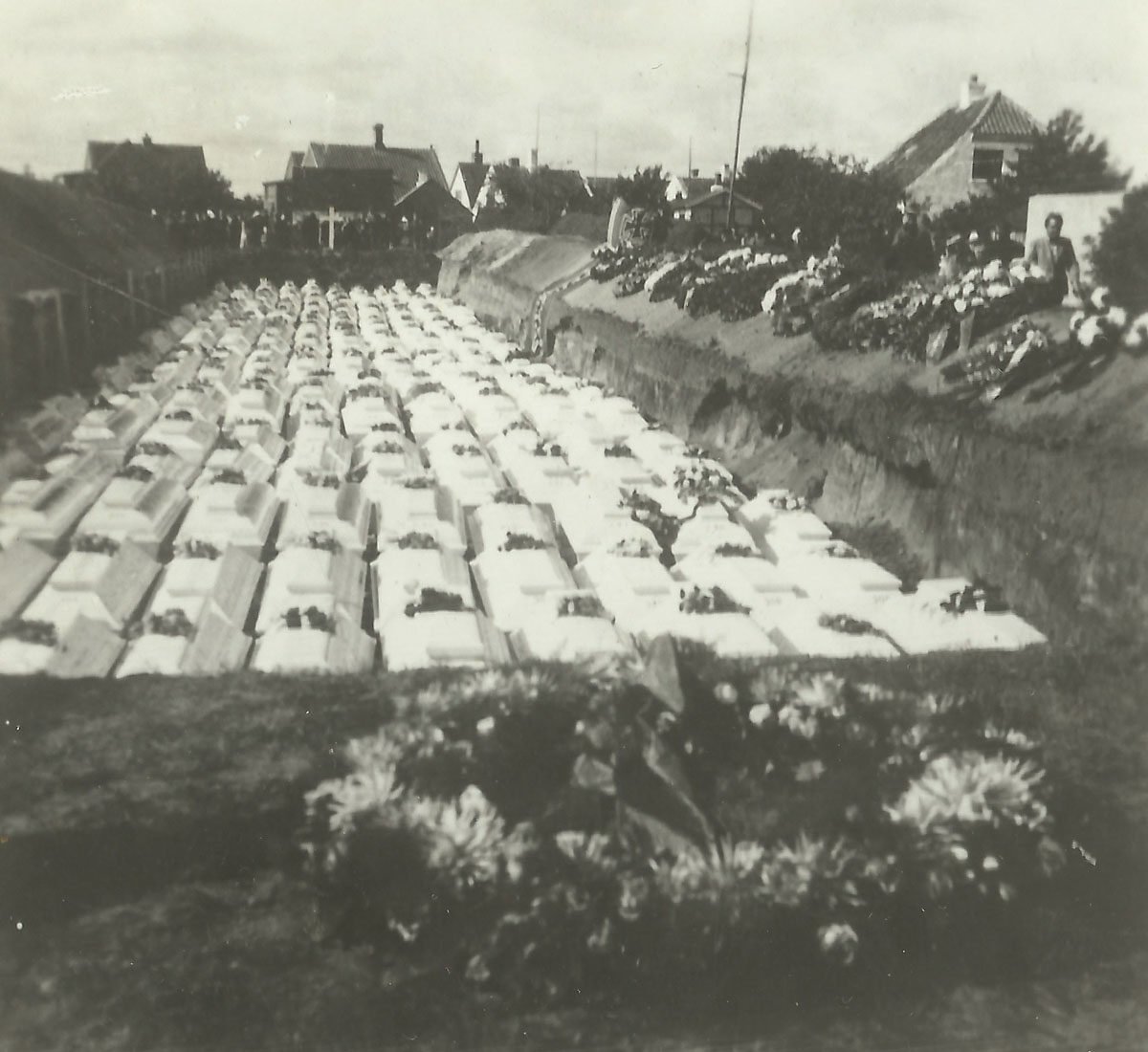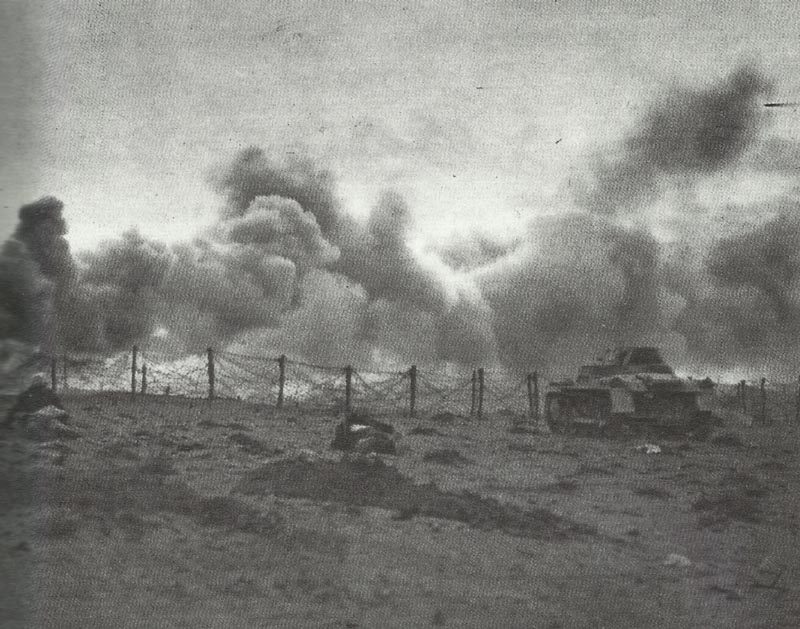The armistice between France and Germany in June 1940: key events and lasting effects.
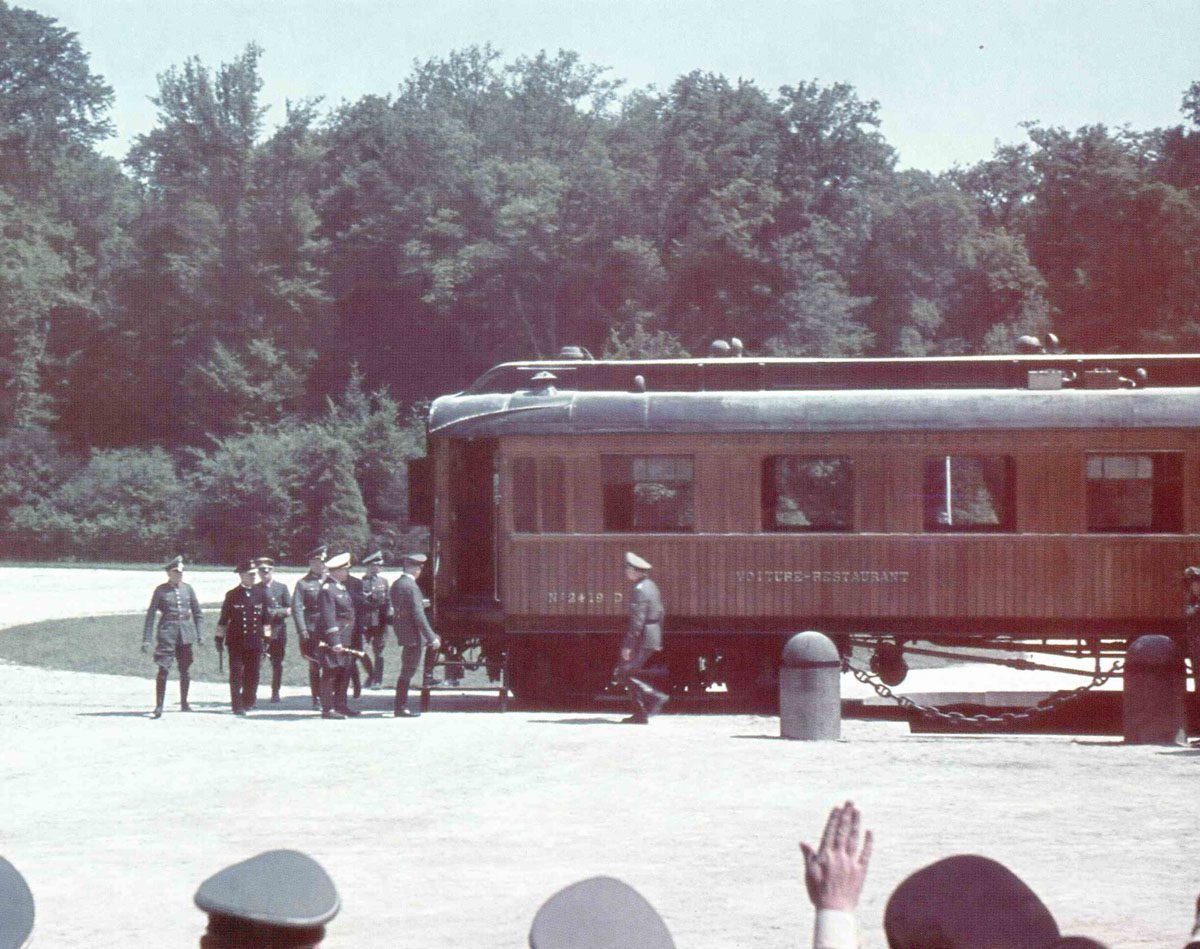
The Franco-German Armistice, signed on June 22, 1940, ended the fighting between France and Germany and marked a turning point in World War II. France had to accept strict terms and allow Germany to occupy more than half the country, leaving the rest under limited French control.
The signing happened in the same railway carriage where Germany surrendered in World War I. That detail wasn’t lost on anyone—it gave the whole thing a strange, heavy symbolism.
People all over Europe watched as France, once seen as a powerhouse, agreed to these terms after just six weeks of battle. The armistice changed life in France for years and threw the direction of the war into a new, darker chapter.
Trying to understand this agreement sheds light on the challenges France faced under German occupation. No wonder the memory of this moment stuck in both French and German history.
Historical Context Leading to the Armistice
Table of Contents
In June 1940, France and Germany signed an armistice after a rapid military collapse by French forces. The weeks before this were full of defeats, political arguments, and desperate decisions that would decide France’s fate in World War II.
Fall of France
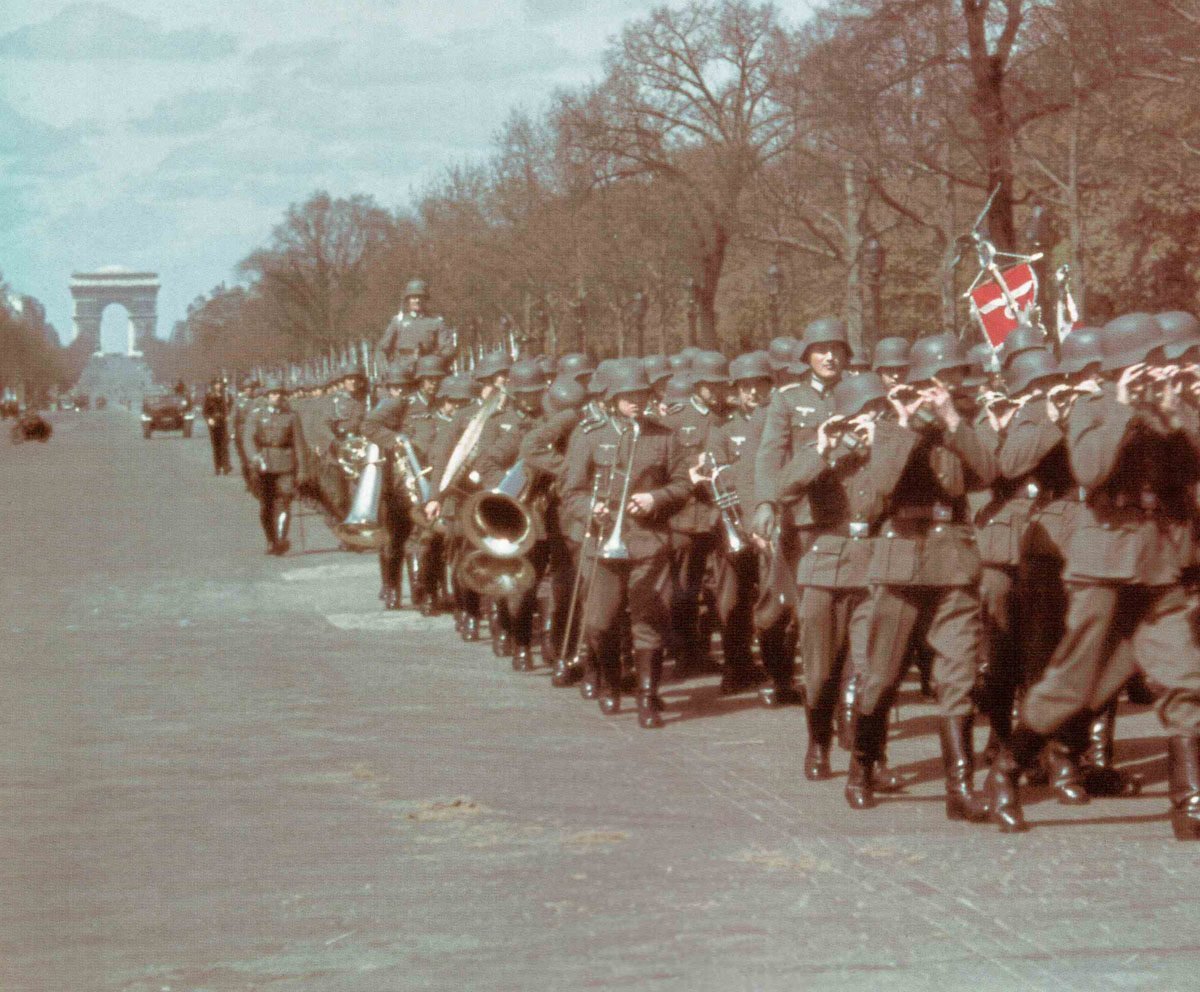
The German military invaded France on May 10, 1940. German troops advanced fast using Blitzkrieg tactics, smashing through French defenses in northern France and Belgium.
French troops and their British allies were overwhelmed by the speed of the attack. By early June, German troops were heading for Paris, and French cities and towns were falling with barely any resistance.
On June 14, 1940, German forces entered Paris. Most of the French government had already fled south by then.
Within six weeks, France’s military situation was hopeless. The army was scattered, battered, and had taken huge losses.
The sheer speed and ferocity of the German attack caught almost everyone off guard, leaving France with no real way to keep fighting.
Military Situation in Europe
Germany had already taken much of Western and Central Europe by June 1940. They’d occupied Poland, Denmark, Norway, Belgium, and the Netherlands before turning to France.
These victories gave Germany strong positions across the continent. The French army, once thought nearly unbeatable, couldn’t hold out against the coordinated German assault.
The British Expeditionary Force managed to escape at Dunkirk, but a lot of French troops were captured or forced to flee. Other European countries watched nervously as France fell so quickly.
Germany took control of northern and western France, while the rest—including the colonies—was left in limbo.
Role of the French Government
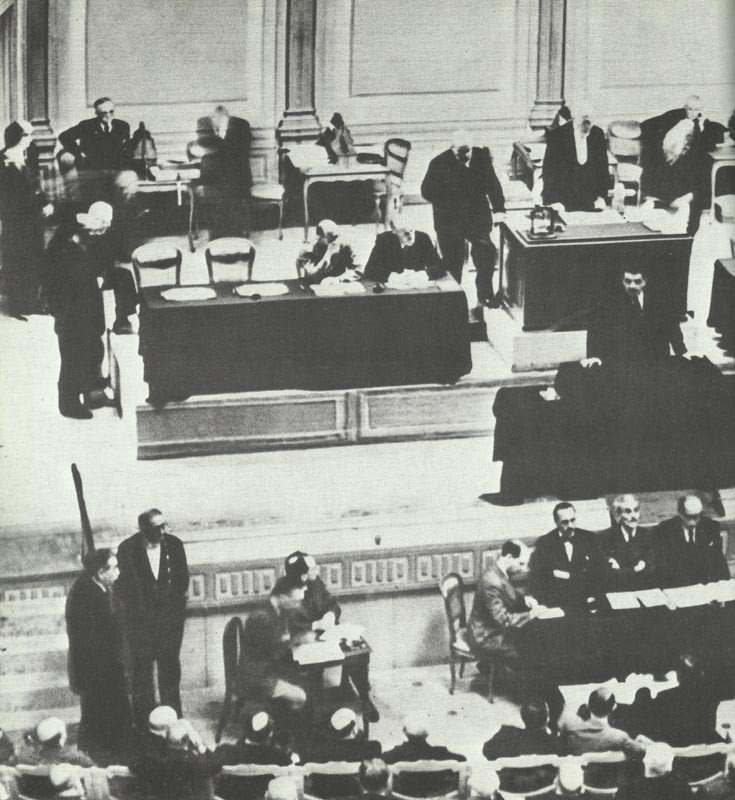
After the disaster at Dunkirk, the French government was split. Some leaders, like Prime Minister Paul Reynaud, wanted to fight on from the colonies or with British help.
Others, led by Marshal Philippe Pétain, thought surrender was the only real option left. As German troops reached Paris, Reynaud resigned and Pétain took charge.
Pétain quickly asked Germany for peace talks. His government signed the armistice on June 22, 1940, at Compiègne.
The agreement created two zones: one under German occupation in the north and west, and another in the south under French control but still under the shadow of the German military.
Negotiations and Signing of the Armistice
On June 22, 1940, France and Germany signed an armistice that ended the fighting in mainland France. The whole process was shaped by who was involved, where it happened, and some very deliberate choices by the leadership.
French Plenipotentiaries
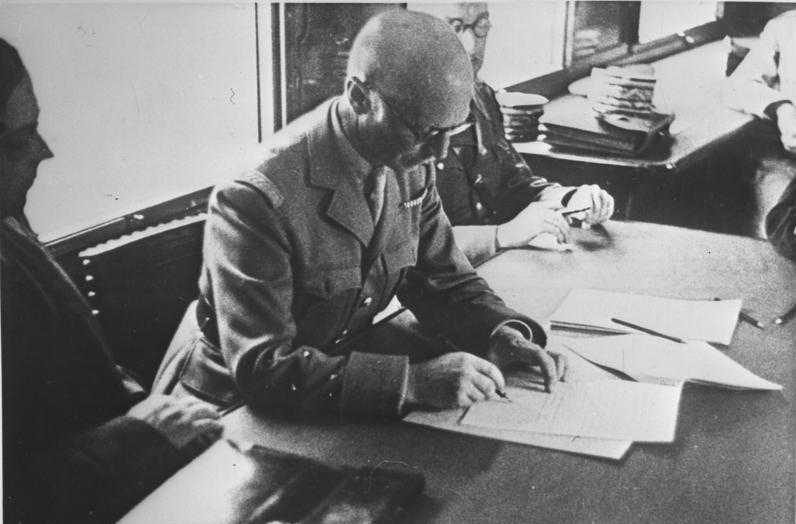
The French sent senior military and government officials to negotiate. General Charles Huntziger led the group.
Léon Noël, Vice Admiral Maurice Le Luc, and Air Force General Jean Bergeret were also there. They had the power to sign for France, but not much power to change the outcome.
The pressure was enormous. Paris had already fallen, and the country was on its knees.
The French negotiators weren’t there to win anything. They were just trying to limit the damage and protect civilians as best they could.
Germany presented a detailed document. The French could only argue for a few small tweaks.
In the end, they signed, hoping at least to save lives where possible.
Role of Adolf Hitler

Adolf Hitler controlled how the talks would go. He wanted to humiliate France for its World War I victory.
He showed up for the start of the discussions, then left before any real talking began. Hitler made sure the terms were harsh: Germany would occupy most of France, and the rest would be left with only token independence.
French soldiers were forbidden from fighting Germany elsewhere and had to surrender their equipment. Hitler used the armistice as propaganda, showing off Germany’s power and France’s defeat.
It was obvious he wanted payback for 1918.
Compiègne Site Selection
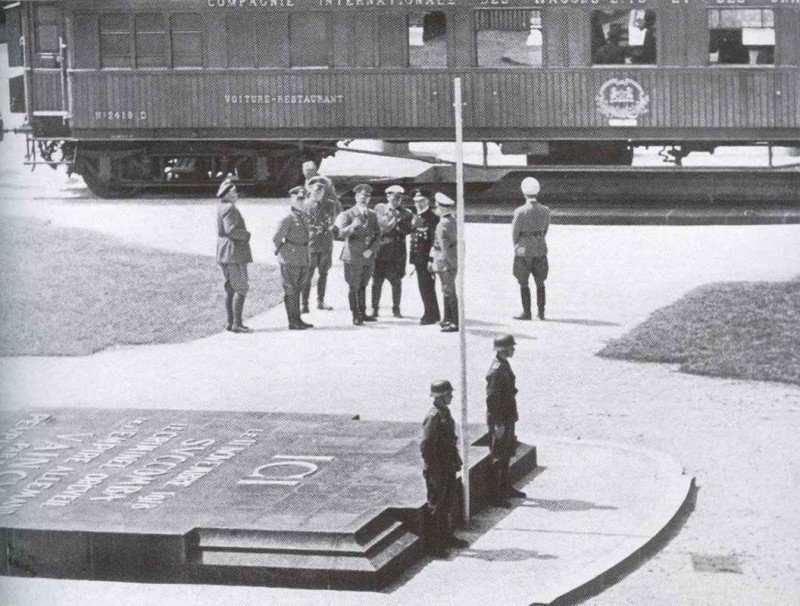
The negotiations took place at Compiègne Forest, near the town of Compiègne in northern France. This was no random choice.
Back in November 1918, Germany had signed the World War I armistice with France there. Hitler insisted on using the same railway carriage for the signing—no subtlety there.
A quick summary:
Date |
Location |
Significance |
|---|---|---|
June 22, 1940 |
Compiègne Forest |
Site of 1918 Armistice too |
The mood was grim and heavy. Using the same carriage was a clear, deliberate act to rub in Germany’s triumph and France’s loss.
Key Provisions of the Franco-German Armistice
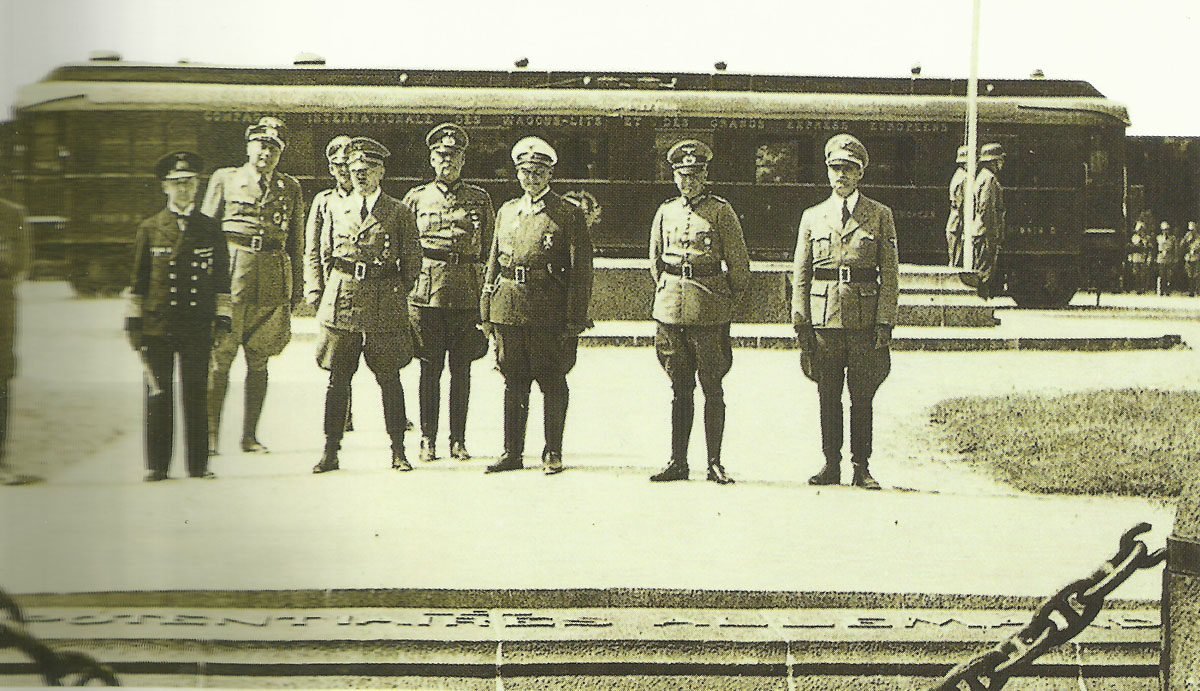
The June 1940 Franco-German armistice imposed strict conditions on France. Major cities, ports, and much of the French army fell under German control, while a so-called “unoccupied” zone was left to the French government.
Demilitarization and the Unoccupied Zone
The armistice split France into two main zones: occupied and unoccupied. The north and west, including Paris, were under German military occupation.
Southern France, the “unoccupied zone,” was run by the French government based in Vichy. But it wasn’t as independent as it sounds.
The Vichy zone had strict limits on its military. French armed forces were slashed and stripped of heavy weapons.
They were only allowed a small force, mostly for keeping order. If German authorities felt security was threatened, they could march in at any time.
French officials in the unoccupied zone had to answer to German officials on anything that could affect the armistice terms. Independence? Not really.
Occupation of Atlantic Ports
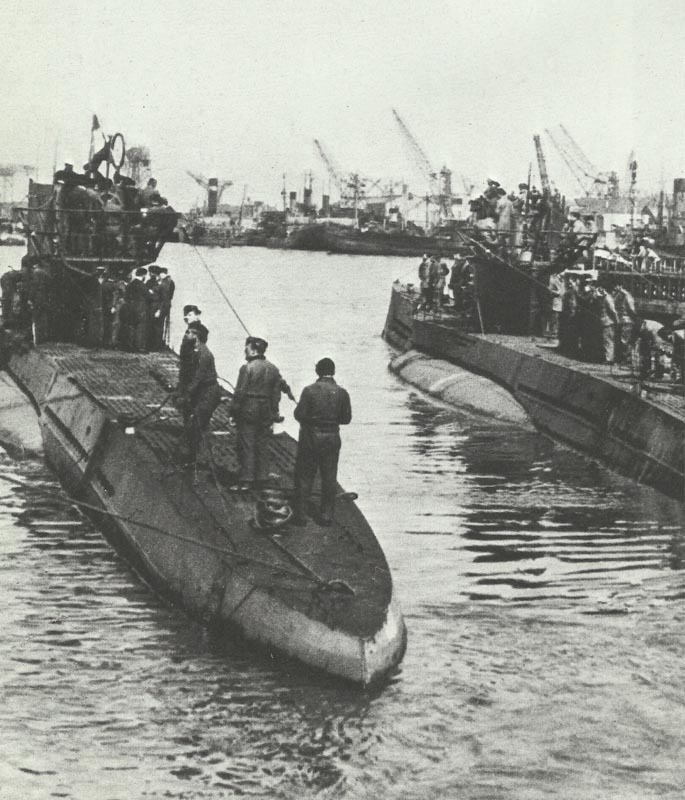
The armistice handed Germany direct control of France’s Atlantic and Channel ports—places like Brest, Cherbourg, and Bordeaux.
This was a big deal for Germany, letting them threaten the UK and launch naval and submarine operations in the Atlantic. The French navy was interned and many ships were in the French colonies.
Key ports under German occupation:
Port |
Location |
Importance |
|---|---|---|
Brest |
Brittany (West) |
Submarine base |
Cherbourg |
Normandy (North) |
Naval logistics |
Bordeaux |
Southwest France |
Trade, military harbor |
French access to these areas? Almost entirely blocked.
Surrender on Demand Clause
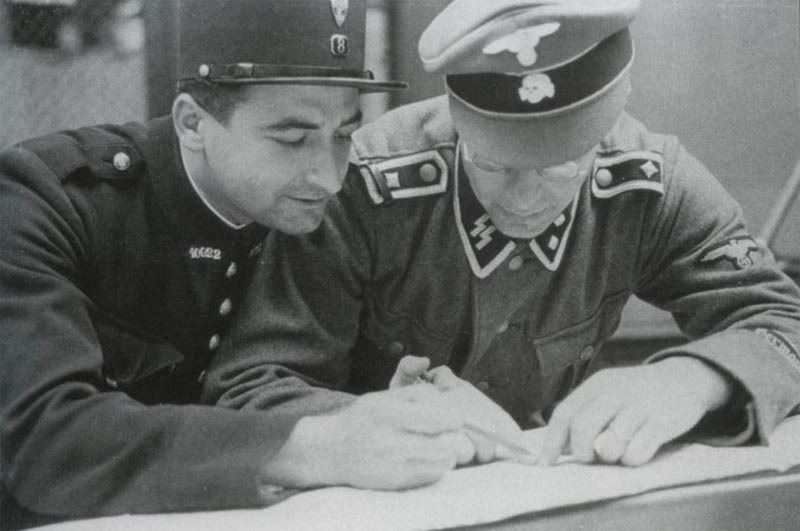
Article 19 of the armistice, the surrender on demand clause, required France to hand over any German nationals on its territory when Germany asked.
This covered German soldiers, political refugees, and civilians. The policy hit thousands of refugees hard, especially Jews and political opponents of the Nazi regime.
French police and officials were required to cooperate with German authorities. For many people seeking safety in France, this clause meant detention or forced return to Germany—and often, much worse.
Immediate Consequences for France and Germany
The 1940 armistice changed everything for France and Germany. In just a few days, France’s territory, leadership, and military were dramatically reshaped.
Division of France Into Occupied and Unoccupied Zones
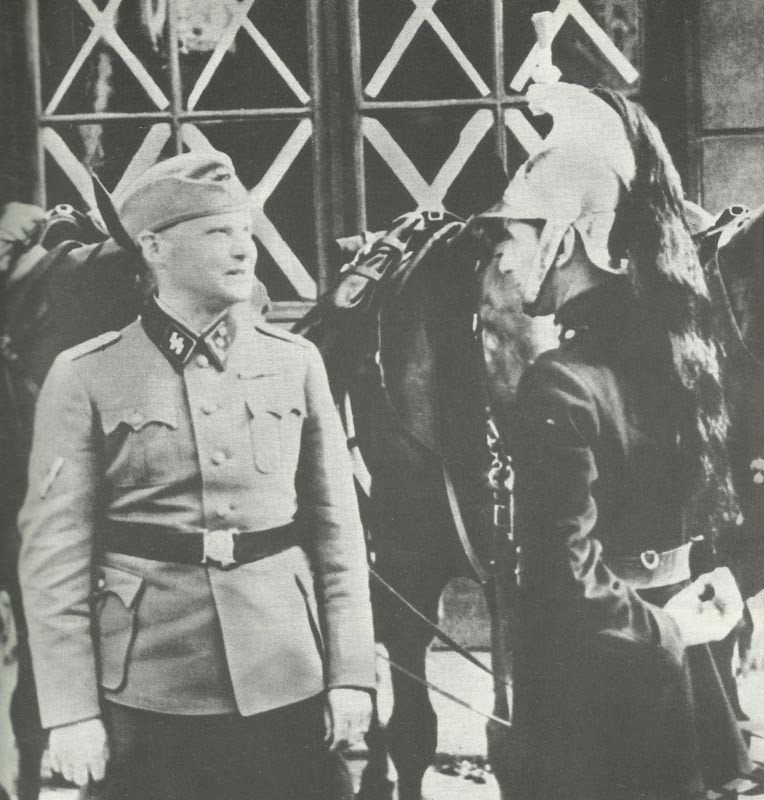
After the armistice, France was split into two main regions:
Zone |
Description |
|---|---|
Occupied Zone |
Directly controlled by the German Reich—northern and western France, including Paris. |
Unoccupied (Vichy) Zone |
Officially run by the French government, known as Vichy France, in the south. |
More than half the country, including all the big cities and most industry, was under German military rule. The Vichy regime managed the south, but with harsh limits and constant German pressure.
German authorities took over key transportation, communications, and economic resources. Daily life was tough—families separated, movement restricted, and a constant sense of uncertainty in the air.
Impact on French Political Officials
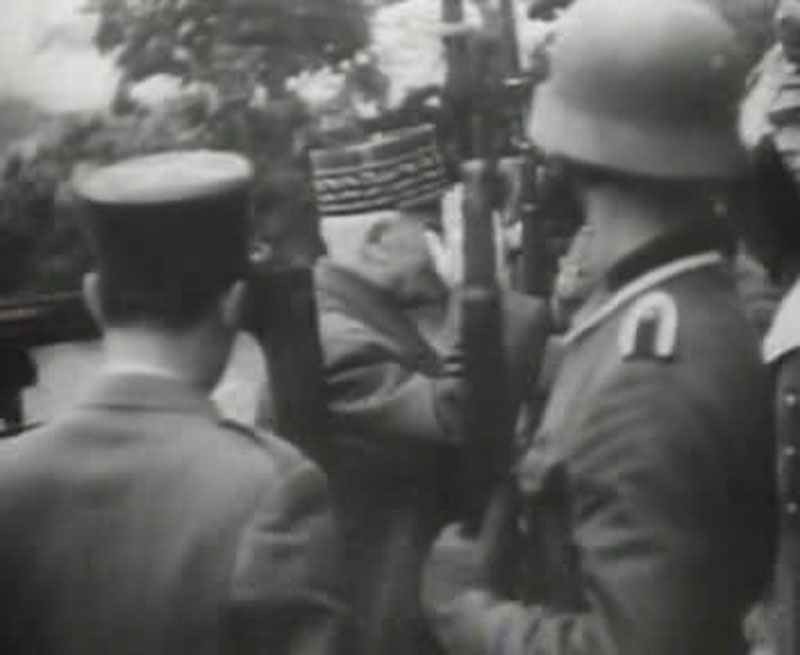
The fall of France sent shockwaves through the government. Many officials either fled or resigned almost overnight.
Those who stayed behind faced mounting pressure from the German occupation. Marshal Philippe Pétain stepped up as Chief of State for what became Vichy France.
Under Pétain, the Vichy government went along with the German Reich, though it was hardly independent. French laws and policies kept shifting to fit German interests, sometimes in ways that still surprise historians.
Political leaders who couldn’t stomach German control—like Charles de Gaulle—escaped and started rallying resistance from abroad. Others weren’t so lucky; they were arrested, pushed out, or pressured into collaborating with the occupiers.
The French government’s authority was left in tatters. Power struggles and fear became the new normal.
Effect on Military Balance
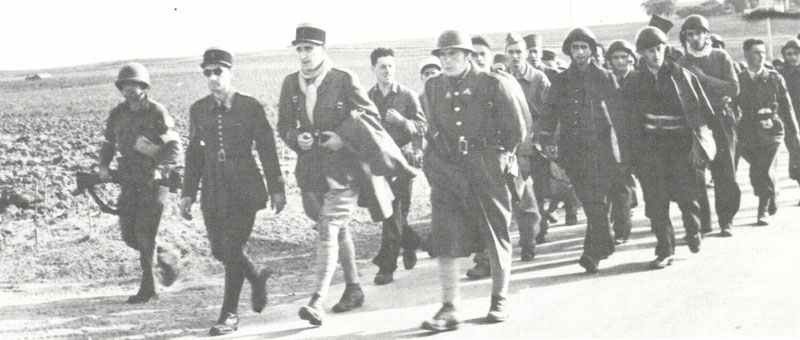
The armistice forced France to drastically shrink its military. Most French soldiers were disarmed, and about 1.5 million ended up as prisoners of war in Germany.
The remaining French military was tiny, mostly just policing Vichy France. Meanwhile, German forces grabbed direct control over the rest of France’s military resources, which gave them a serious boost in Western Europe.
With the French army gutted, resisting German demands became nearly impossible. Germany could now redeploy troops and equipment to other fronts.
This sudden shift in military power echoed through later battles and campaigns. The effects rippled far beyond France.
Treatment of Prisoners and the Fate of POWs
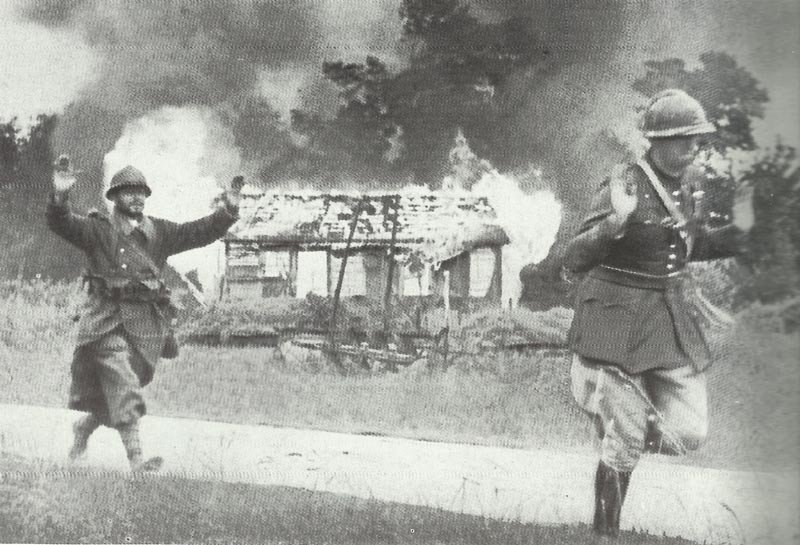
After the 1940 armistice, huge numbers of French soldiers were swept up as prisoners of war. Their fate depended on German policies, the armistice terms, and the harsh realities of occupation.
German Handling of French Prisoners
The German High Command detained roughly two million French soldiers as POWs. Most were captured during the chaos of June 1940.
Prison Camp System:
- French POWs were scattered across camps (Stalags and Oflags) in Germany and occupied Europe.
- Officers and enlisted men usually ended up in separate facilities.
Conditions in these camps? Not great. Strict rules, little freedom, food shortages, forced labor, and barely any news from home.
Some prisoners, like officers or those in poor health, got a bit of special treatment but were still under close watch. The Germans leaned on POW labor for farms, factories, and repairs—an essential part of their workforce during the occupation.
Conditions and Repatriation
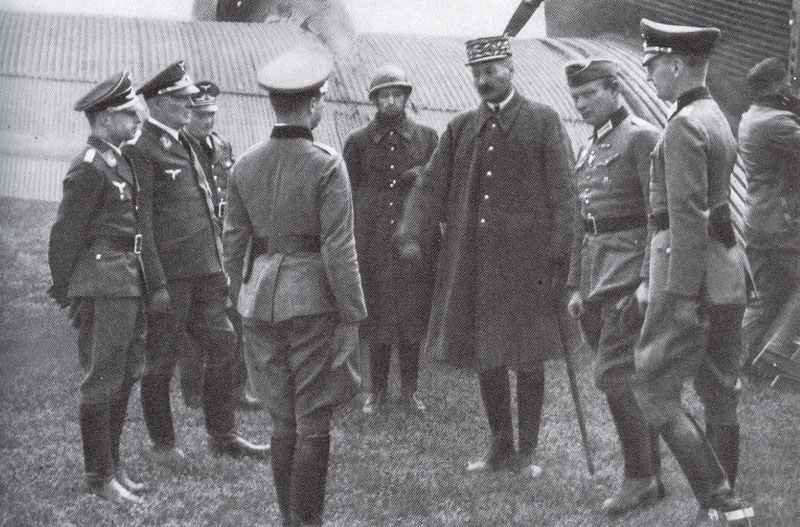
Life for POWs meant overcrowded barracks, lousy sanitation, and long workdays. Food was basic, sometimes not enough, and health problems were common. Medical care existed but didn’t go far.
Mail trickled through now and then, but many families waited years for word.
Repatriation Process:
- Only certain prisoners—like the seriously wounded or some civilian specialists—were released early.
- Most POWs stayed put until the war ended, or even longer.
The French government tried to negotiate more releases, but results were meager. By 1945, many POWs had endured nearly five years in captivity before finally making it home.
French Colonies and the Wider Impact
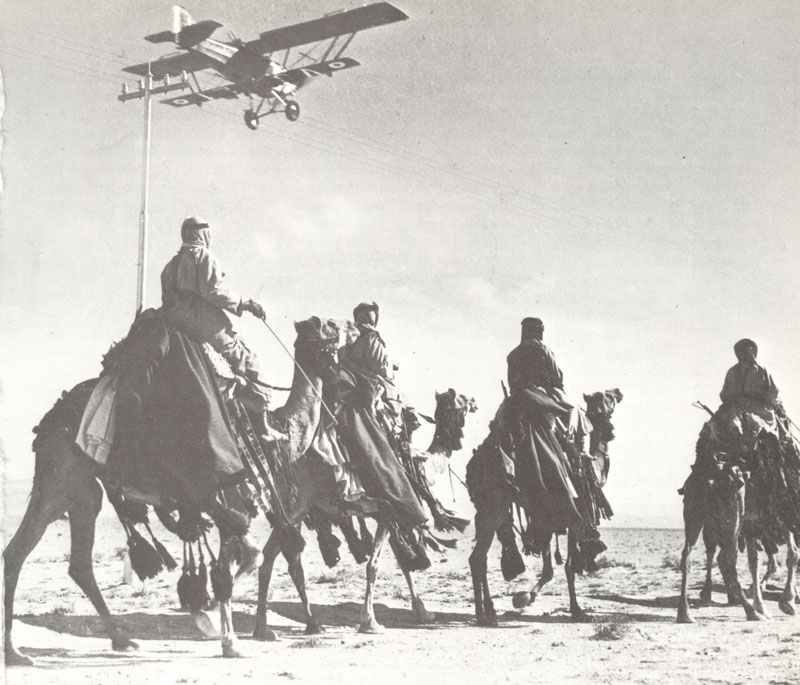
The 1940 armistice didn’t just hit France in Europe. Its overseas colonies and global standing took a beating too. The agreement reshaped the role of French colonies and shifted the balance of naval and military power worldwide.
Armistice Terms and Colonial Territories
French colonies became a real question mark after the armistice. The agreement split France into zones, and the future of its overseas territories hung in the balance.
Colonies in Africa, Asia, and the Caribbean officially stayed under Vichy’s control, but Germany kept a close eye on them. Some colonial officials went along with Vichy, while others threw their support behind the Free French movement led by de Gaulle.
Table:
Region |
Control After Armistice |
Notes |
|---|---|---|
North Africa |
Vichy France |
Strategic value for Allies (Operation Torch, 1942) |
French Indochina |
Vichy France (later Japan) |
From Japan occupied in 1940-41 |
Caribbean |
Vichy France |
Isolated from main conflict |
Sometimes, fighting broke out between Vichy loyalists and Free French supporters—Syria and Chad saw their share of unrest.
Naval Balance and Overseas Forces
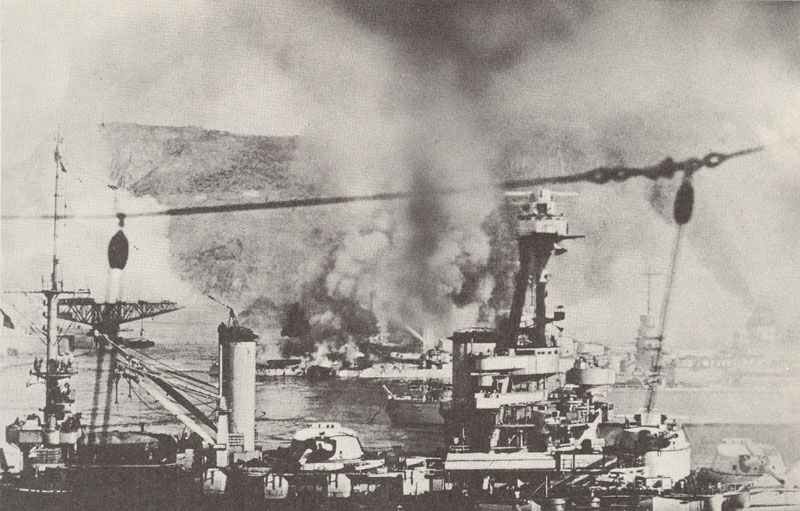
The French Navy, or Marine Nationale, was a big deal in 1940. The armistice said most French warships had to stay under French control but be kept inactive and disarmed at major ports.
Britain, never one for half-measures, worried Germany might get its hands on this fleet. So, the Royal Navy attacked French ships at Mers-el-Kébir in July 1940, sinking or damaging several.
Overseas, French military forces split. Some stayed loyal to Vichy, others joined the Free French Forces and fought with the Allies. This division shifted the strength and position of France’s military in its colonies and played into later Allied operations in Africa and the Middle East.
Political Repercussions and Social Changes
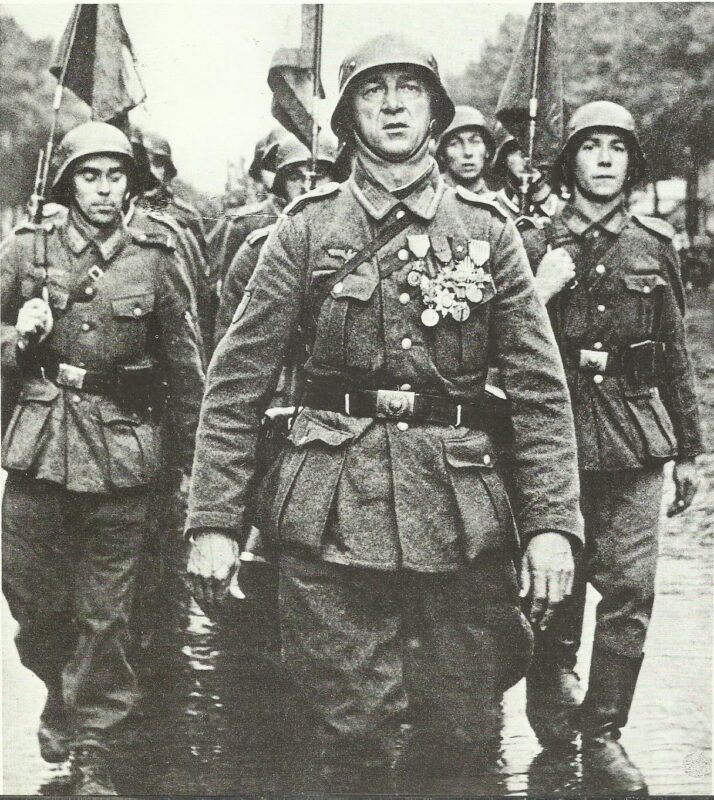
The June 1940 armistice turned French leadership and society upside down. New governments sprang up, and rival ideologies fought for the upper hand during the German occupation.
Rise of the Vichy Regime
After the armistice, France was carved into two main zones: the German-occupied north and west, and an unoccupied southern zone ruled from Vichy by Marshal Pétain.
Pétain’s regime quickly slid into authoritarianism. Top politicians from the old Third Republic were swept aside, and most political parties got the boot. The Vichy government worked closely with German authorities, enforcing anti-Semitic laws and targeting so-called enemies of the state.
French society fractured. Some folks clung to Vichy, hoping for stability, while others saw it as a betrayal of France’s democratic soul. These rifts fed social tension and suspicion, especially as the regime cracked down on Jews and opposition voices.
Role of Nazis, Communists, and Socialists
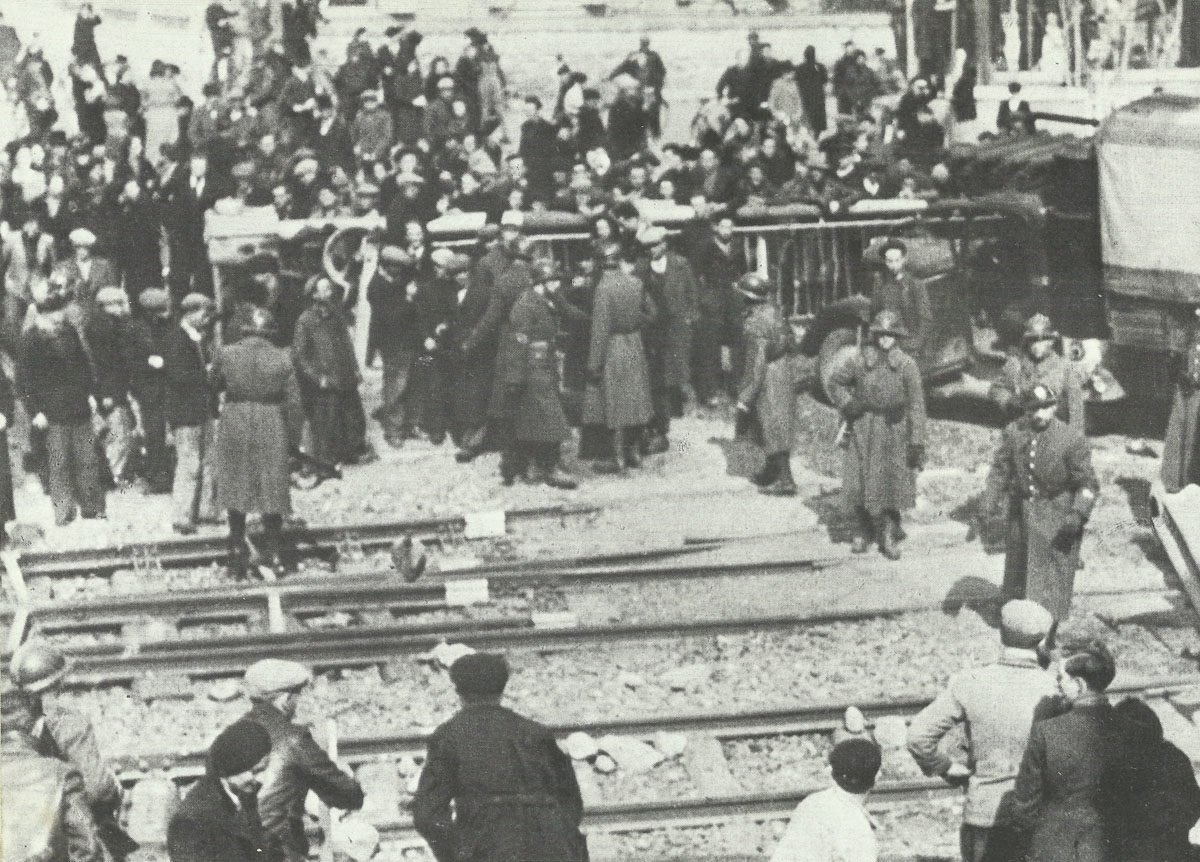
The Nazis ran the occupied zones, planting German officials and soldiers in most big cities. They clamped down on daily life—censorship, arrests, the works. French political groups had to make some brutal choices.
French Communists became a force in the resistance. At first, they waited on Moscow, but after 1941, they ramped up underground newspapers and attacks on German forces. The Nazis hit back hard.
The Socialists were caught in the middle. Some tried to work inside the Vichy system to shield the French people, others joined the underground. Tensions simmered between those who wanted to resist and those who hoped collaboration would prevent worse violence.
Table: Key Political Groups and Actions
Group |
Main Actions |
|---|---|
Nazis |
Occupation, censorship, repression |
Communists |
Resistance, underground press |
Socialists |
Split: collaboration vs. resistance |
Influence of the Versailles Peace Treaty
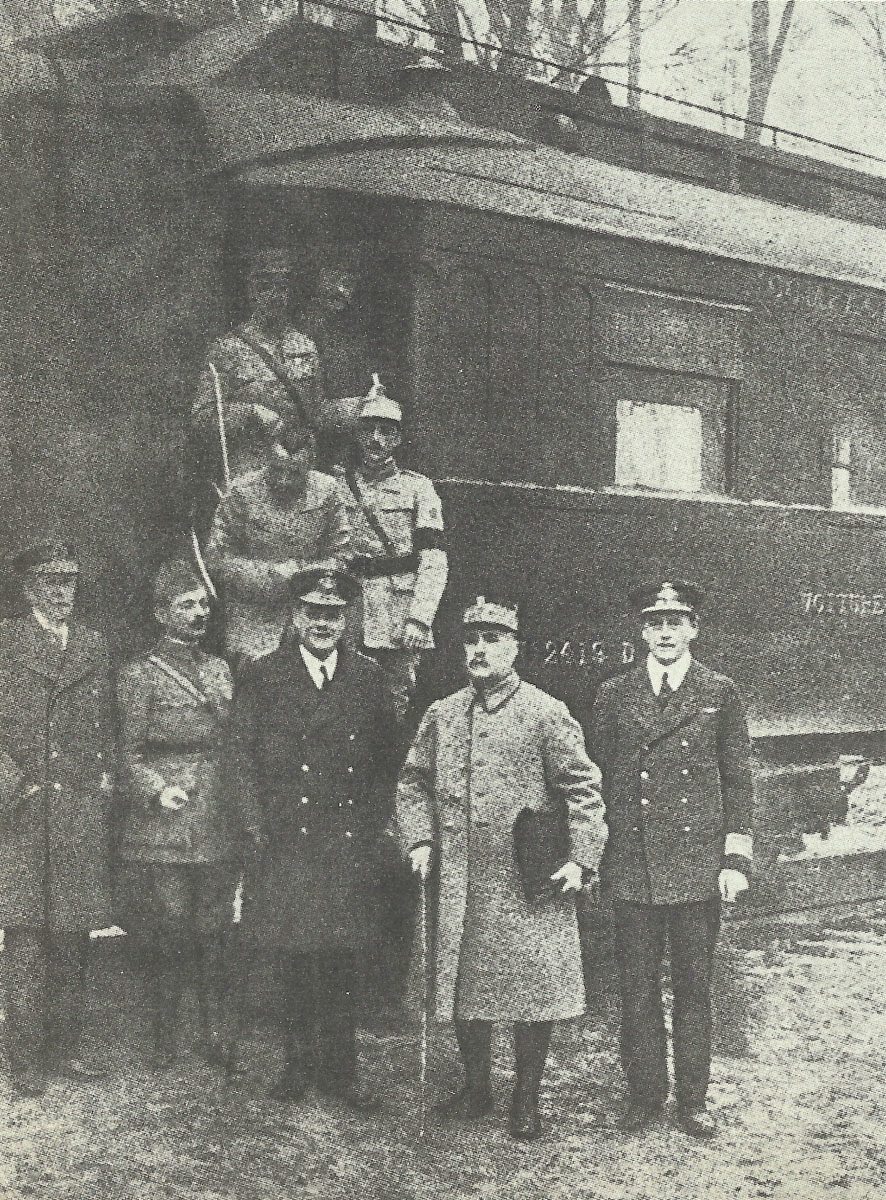
The Versailles Peace Treaty was signed in 1919 right after World War I. France and Germany, of course, took the biggest hits. France pushed hard for tough penalties on Germany, aiming for security—and, if we’re honest, a bit of revenge.
Germany lost land, its army was slashed, and those massive reparations? They stung. Most Germans saw the whole thing as deeply unfair and humiliating.
Key Points of the Treaty for Germany:
Term |
Effect on Germany |
|---|---|
Lost land to neighbors |
|
Reparations |
Heavy financial burden |
Military Restrictions |
Army limited to 100,000 soldiers |
War Guilt Clause |
Blamed for starting the war |
The resentment didn’t just fade away. By the 1930s, Germany was breaking the treaty’s rules—rearming, reclaiming land, and ignoring the old restrictions.
When France fell in 1940, Germany saw the armistice as long-awaited payback for Versailles. The bitterness from 1919 colored every negotiation and decision.
German leaders were eager to erase the humiliation of Versailles. The harsh terms of that earlier treaty fueled anger and mistrust that haunted Franco-German relations for years.
Legacy of the 1940 Armistice
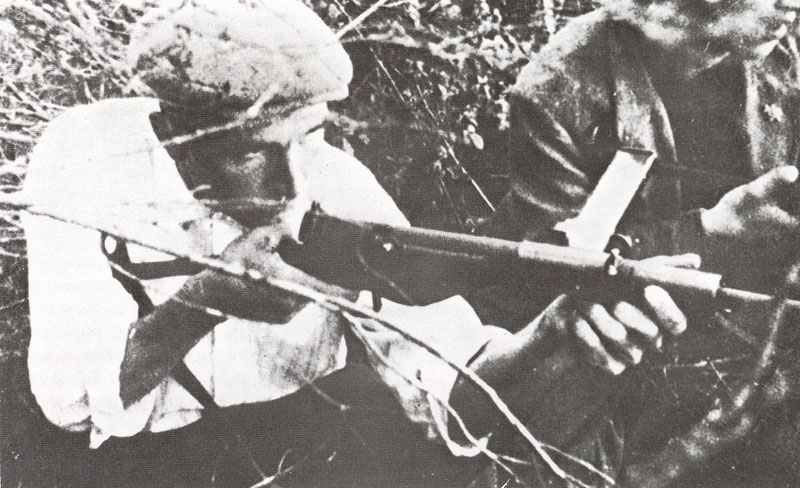
The 1940 armistice between France and Germany shaped both resistance efforts inside France and the broader future of Europe. It changed daily life for millions and set the stage for new political alignments and long-lasting tensions.
Impact on French Resistance
After the armistice in June 1940, France was split in two. The north was under German occupation, while the Vichy regime held the south. French independence was basically on hold, and German policies seeped into daily life everywhere.
Plenty of French citizens, furious about surrender and occupation, turned to resistance. The split actually made it easier to set up secret groups. The French Resistance grew fast, with a little help from Britain. As the war dragged on, resistance fighters targeted both German occupiers and Vichy collaborators.
Philippe Pétain’s government did what it could to stamp out resistance. Still, the Resistance became crucial in gathering intelligence and helping the Allies as liberation neared.
Long-Term Effects on Europe
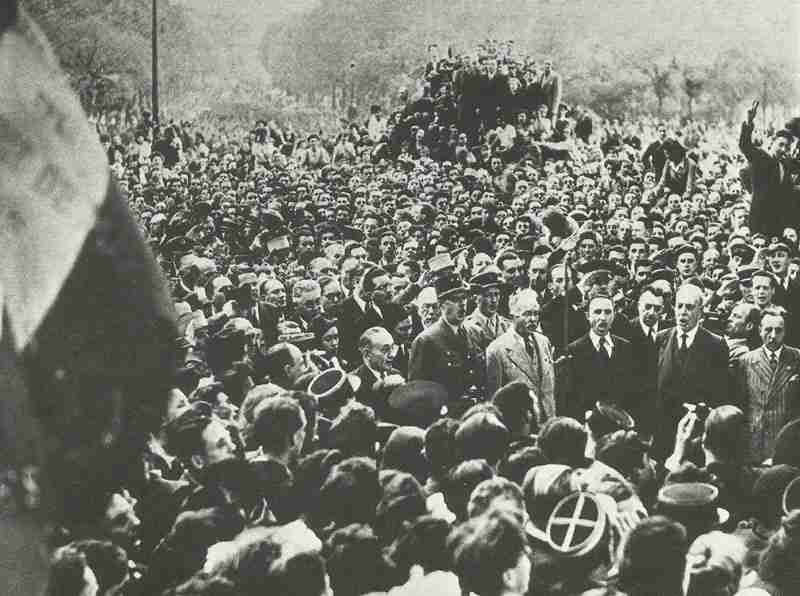
The armistice knocked France out of the war for a while, leaving Britain to stand alone in Western Europe. Germany used the lull to tighten its grip on the continent.
French colonies ended up in a strange spot; some stuck with Vichy, others joined de Gaulle’s Free French. That split in loyalties haunted France’s national identity for years.
After the war, memories of the armistice shaped how European nations approached peace and cooperation. The events of 1940 nudged France and its neighbors toward stronger alliances, eventually paving the way for NATO and the EU. The armistice is still a big deal in any study of World War II or modern European history.
Frequently Asked Questions
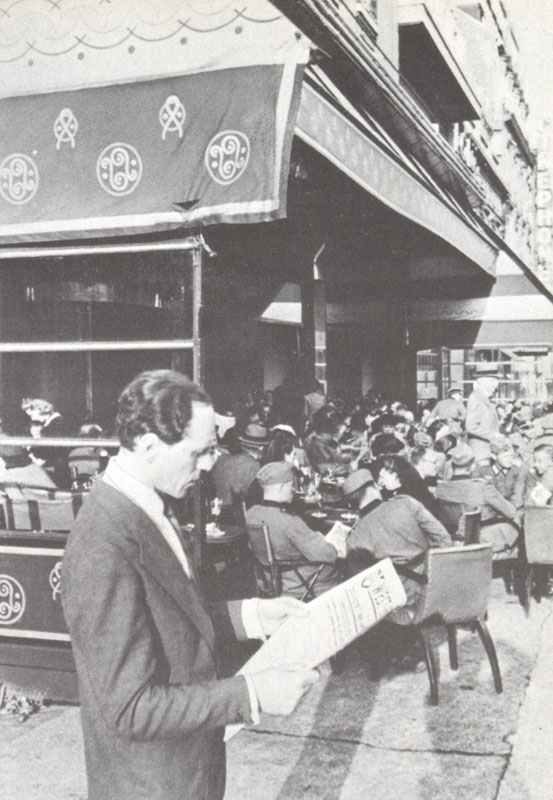
The Franco-German armistice of June 22, 1940, brought sweeping changes to French territory and government. It also shifted the balance of power in Europe during World War II and set up a whole new set of political and military realities.
What were the terms of the 1940 armistice agreement between France and Germany?
The armistice split France into two big zones. Northern and western regions fell under German military occupation.
The rest remained under French control, becoming what people called Vichy France. French authorities were forced to hand over prisoners of war and cover the costs of the German occupation.
French armed forces got demobilized. Strict limits were slapped on the French military, leaving it almost powerless.
How did the 1940 armistice affect the geopolitical situation in Europe?
Germany’s new grip on most of France gave it access to French resources and those long coastlines. Britain suddenly found itself in a much tougher spot trying to hold out in Western Europe.
The sudden fall of France rattled other countries. Alliances shifted, and war strategies had to be completely rethought.
Who were the key signatories of the Franco-German armistice in 1940?
General Wilhelm Keitel signed for Germany. On the French side, General Charles Huntziger acted as the main signatory for the government.
Plenty of other officials sat in on the proceedings, but Keitel and Huntziger were the ones who mattered most at that table.
What was the significance of the location where the 1940 Franco-German armistice was signed?
The signing happened at Compiègne, which wasn’t just any spot—it was exactly where Germany had signed the 1918 armistice that ended World War I. Hitler picked it on purpose, clearly aiming to rub salt in old wounds and humiliate France.
This move really drove home how much the balance of power had swung since the end of the First World War.
What were the immediate outcomes for France following the armistice of 22 June 1940?
Germany took over more than half of France, including Paris. The rest, under Marshal Pétain, became what everyone called Vichy France.
French prisoners of war ended up stuck in Germany. The French military shrank dramatically, and daily life in both occupied and Vichy France changed—sometimes in ways people couldn’t have imagined.
How did the French government and military react to the armistice with Germany in 1940?
The French government, with Marshal Philippe Pétain at the helm, accepted the terms and called for an end to fighting.
Some leaders decided to cooperate with the Germans.
Others—Charles de Gaulle comes to mind—fled to Britain and urged the French to keep resisting.
Inside the French military, defeat and uncertainty were everywhere, honestly.
A few officers slipped into the resistance.
Plenty just stuck with the new Vichy regime and followed orders, probably unsure what else to do.
Quellenangaben und Literatur
Das Deutsche Reich und der Zweite Weltkrieg (10 Bände, Zentrum für Militärgeschichte)
Der 2. Weltkrieg (C. Bertelsmann Verlag)
Zweiter Weltkrieg in Bildern (Mathias Färber)
Illustrierte Geschichte des Dritte Reiches (Kurt Zentner)
Unser Jahrhundert im Bild (Bertelsmann Lesering)
A World at Arms – A Global History of World War II (Gerhard L. Weinberg)
Der Grosse Atlas zum II. Weltkrieg (Peter Young)
Historical Atlas of World War Two – The Geography of Conflict (Ronald Story)
Signal, Years of Triumph 1940-42 + 1943-44 – Hitler’s Wartime Picture Magazine (S.L.Mayer)


